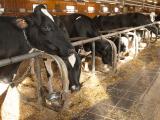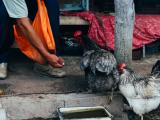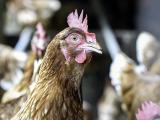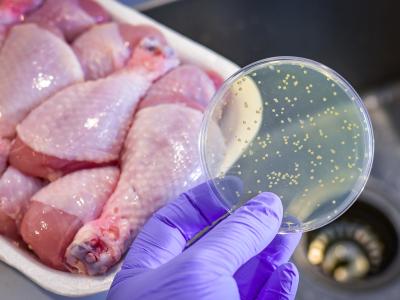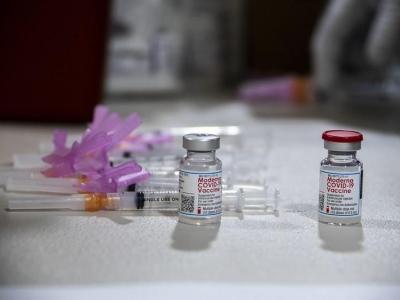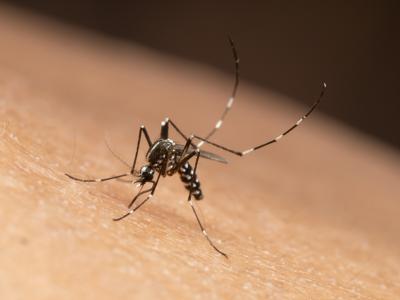Mar 19, 2012
NSABB, WHO eye next meetings on H5N1 research controversy
The US biosecurity committee that opposes full publication of two reports about lab-modified H5N1 avian flu viruses with increased transmissibility will meet Mar 29 and 30 to review the latest versions of the manuscripts, according to the Canadian Press (CP). Meanwhile, the World Health Organization (WHO) is looking at holding a second meeting on the controversy in midsummer, the Mar 16 story said. The National Science Advisory Board for Biosecurity (NSABB) recommended in December that details of the studies' methods be withheld in the name of biosecurity. But a group of flu and public health experts who were convened by the WHO Feb 16 and 17 said that publishing the manuscripts in redacted form would not be feasible and called for eventual full publication. Subsequently Ron Fouchier, PhD, lead author of one of the studies, said his virus was not as dangerous as his earlier comments had led people to believe, and the head of the National Institute for Allergy and Infectious Diseases, Anthony Fauci, MD, said the NSABB should meet again to look at "new and clarified data" from the studies. US officials have asked the board "to review the reworked manuscripts to see if the changes elicit a different opinion on whether the full studies should be published," the CP story said. Also, Keiji Fukuda, MD, the WHO's top flu official, is hoping that the two studies will be released by the time the agency holds its second meeting on the issue, but he said the meeting will take place regardless of their publication status, according to the story. He said the agency was still trying to decide which topics should be discussed at the meeting, but he suggested that a key one will be how to continue research on H5N1 transmissibility while maintaining safety.
WHO confirms H5N1 death in Egypt
A 40-year-old Egyptian woman has died of H5N1 avian flu, the World Health Organization (WHO) announced today. The agency said the Ministry of Health and Population of Egypt confirmed H5N1 in the woman, from Dakahlia governorate, via testing by the country's Central Public Health Laboratories. She had first symptoms Mar 6, was hospitalized and began receiving oseltamivir (Tamiflu) on Mar 12, and died Mar 15. She was exposed to sick backyard poultry. Since 2006 Egypt has confirmed 164 H5N1 cases, including 58 deaths. Today's case is the country's sixth this year, three of which were fatal. The worldwide WHO-confirmed tally has now reached 597 H5N1 cases and 351 fatalities.
Mar 19 WHO notice
Most recent WHO global case count
Database analysis: Kids with runny noses may survive H5N1 better
The world's largest database on H5N1 clinical presentations and fatalities shows that H5N1-infected children who present with rhinorrhea (runny nose) tend to survive the disease, regardless of country origin or antiviral treatment, according to a study in Clinical Infectious Diseases. An international research team combed data from 193 pediatric H5N1 cases in the Global Avian Influenza Registry, 35.2% of which were from Egypt and 30.6% from Indonesia. They found an overall case-fatality rate (CFR) of 48.7%, but the CFR varied greatly, from 27.5% (25/91) in those aged 0 to 5 years, to 52.2% (24/46) in those aged 6 to 11, to 80.4% (45/56) in those aged 12 to 17. Egypt accounted for much of the low rate in the 0-to-5 group, as 47 of its 68 case-patients (69.1%) were in this age-group, only 2 of whom died (for a 4.3% CFR at this age). However, even when the data were adjusted for antiviral treatment and country of origin, children presenting with rhinorrhea still had a 76% reduction in the likelihood of death compared with those without rhinorrhea. Conversely, delayed oseltamivir treatment increased the likelihood of death by 75% (adjusted odds ratio).
Low-pathogenic avian flu found on Dutch turkey farm
A low-pathogenicity strain of H7 avian influenza has been detected on a turkey farm in the Netherlands, prompting the culling of 42,700 of the birds, Reuters reported today. The outbreak was reported in the town of Kelpen-Oler in Limburg province, which borders Belgium and Germany. Authorities banned the movement of poultry, eggs, pigs, and manure within 3 kilometers of the farm but said the ban would end soon. European regulations require culling birds in response to a low-pathogenicity avian flu outbreak, since such strains can mutate into highly pathogenic forms. An outbreak of highly pathogenic H7N7 flu in the Netherlands in 2003 forced the culling of 30 million birds, about a third of the country's poultry, the story noted.
Mar 19 Reuters report





